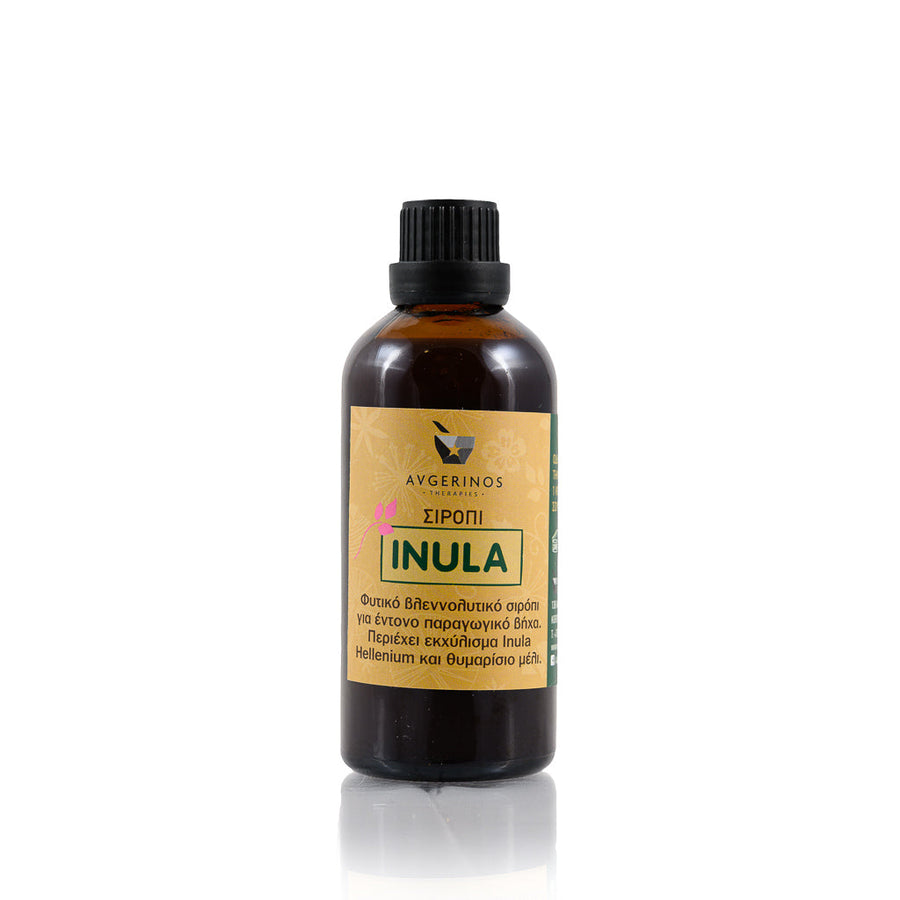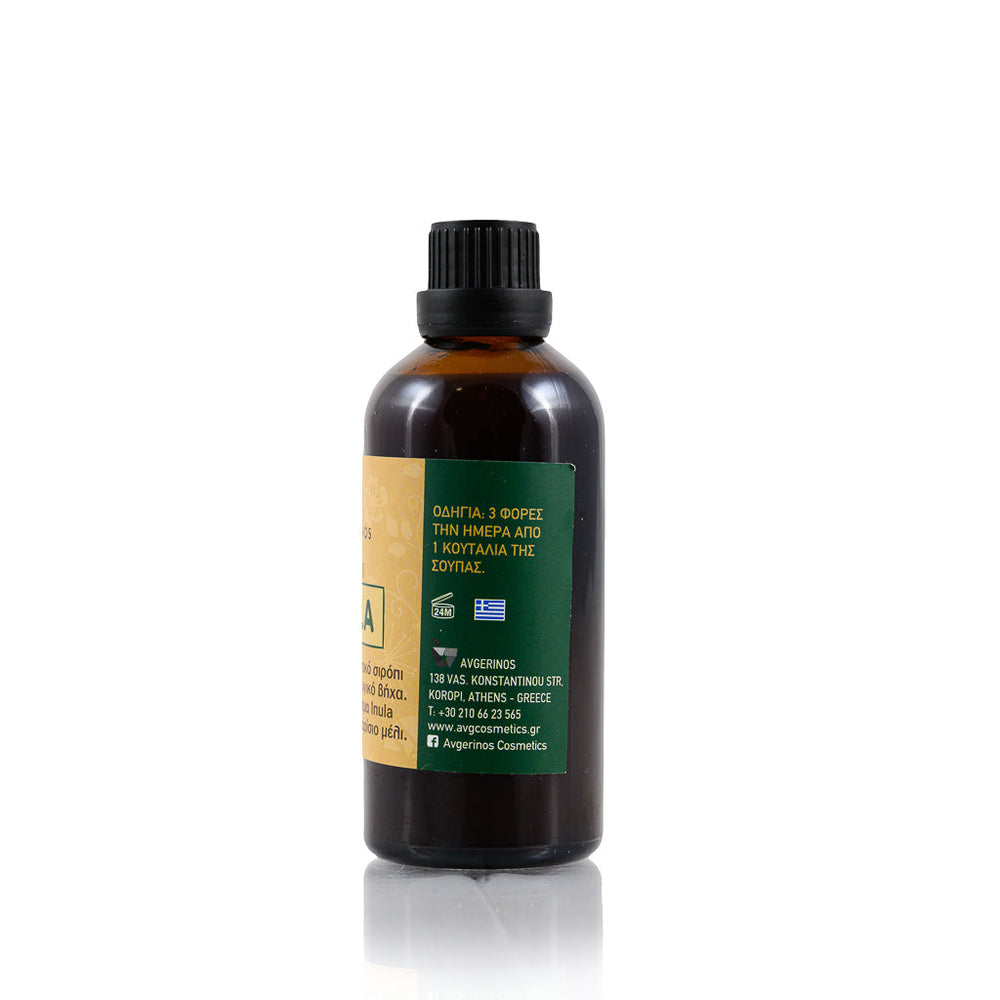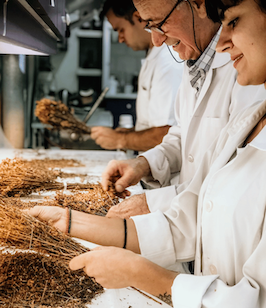Mediterranean diet
Following the 'Mediterranean' dietary practices.
The Mediterranean Diet is a canvas with touches from all the Mediterranean countries. From Spain to Egypt and from the South of France to Morocco. Thus, there is not exclusively "one" Mediterranean cuisine, but many different, colorful, national cuisines, which share more and more common characteristics.
A basic common feature is the abundance of plant fiber that can come from foods such as bread, vegetables, legumes and even fruits. Olive oil also dominates, followed by fish, poultry and dairy products in moderate quantities, while red meat is found in smaller quantities and frequencies. Of course, red wine should accompany a complete meal, respecting both its measure and its quality.
But the secret that highlights all of the above in the Mediterranean nutritional reality is hidden in the aromas of nature.
Thanks to them, it is easier to limit the use of salt without losing any taste and aroma. These are the spices or herbs. These include leaves, spores, fruits, roots, bulbs and barks. They belong to the aromatic substances and according to the Greek food and drink code they are those that have a very strong aroma and taste. They are the best sources of antioxidants that nature gives, both in their fresh and dried versions. So you can easily enrich any Mediterranean meal or snack.
All you have to do is properly stock your kitchen shelves with them: garlic, onion, dill, parsley, basil, bay leaves, thyme, rosemary, cinnamon, cloves, rose, red hot peppers, sun-dried tomatoes, sage, Louisa, Kozani saffron, diktamo, peppermint and peppermint.
Discover their delicious and nutritious properties, grow your own or look for them in their dried form so you never run out!









Leave a comment